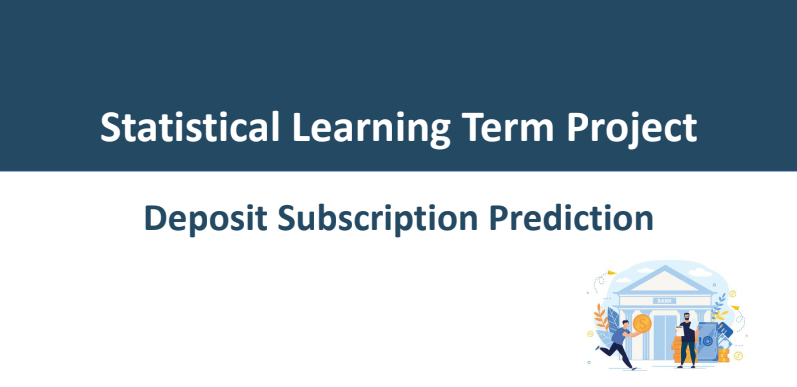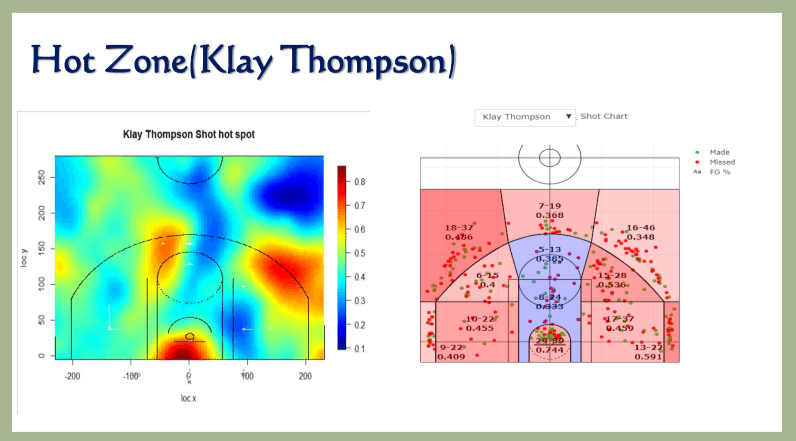
Shiuan-Ting Lin (Jeremy)
National Yang Ming Chiao Tung Uni.(NYCU)
MSc in Statistics
Taipei, Taiwan
- Project experience:
- Jan. 2024 - Jun. 2024: Explanation Analysis using Rule Extraction at Ericsson, Sweden.
- Work experience:
- Jan. 2024 - Jun. 2024: Master student R&D at Ericsson, Sweden
- Jan. 2023 - Jun. 2023: Tutor teaching Natural Language Processing.
- Jun. 2022 - Dec. 2022: Tutor teaching Machine Learning.
- Teamwork experience:
- Primary organizer for the National Statistical Research Institute Cup.
- Captain of the basketball team in the statistics department.
- I'm interested in machine learning related application and having experience in Computer Vision, Natural Language Processing, and Explainable AI.
- The research topic for my master thesis: Deep Spatio-Temporal Multi-View Representation Learning.
Skills
Programming Languages
- Python
- Scikit-Learn, TensorFlow
- Web Crawling
- R
- Data Visualization
Deep Learning related
- Natural Language Processing
- Computer Vision
- Model Compression
- Dimension Reduction
- Reinforcement Learning
Machine Learning related
- Random Forest
- Support Vector Machine
- Regression Analysis
- Time Series Analysis
- Explainable AI
Work Experience

Master thesis student R&D
Ericsson
Jan. 2024 - Jun. 2024
Stockholm, Sweden
Project: Explanation Analysis Using Rule Extraction
In this project, I combine the counterfactual explanation technique (specifically DiCE) with the rule extraction algorithm (Discretized Bayes Rule extraction) to extract understandable rules from a black box AI model.
Education

Royal Institute of Technology (KTH), Sweden
Exchange program in Computer Science
Aug. 2023 - Jun. 2024

National Yang Ming Chiao Tung University (NYCU), Taiwan
MSc in Statistics
2021 - 2023

National Tsing Hua University (NTHU), Taiwan
BSs in Mathematics
2017 - 2021
Portfolios
Siamese Masked Autoencoder: Paper Reproduction, Link
We have used the PyTorch framework to reproduce a semi-supervised multi-object segmentation model, which extends the Masked Autoencoder. The authors have incorporated a Siamese network into the Masked Autoencoder, enabling it to outperform some state-of-the-art (SOTA) models like VideoMAE and Dino.
My contribution:
Model Building and Validation: Responsible for constructing, evaluating, and visualizing the results of our models to ensure accuracy and efficiency.
- Report Writing: Tasked with compiling comprehensive project documentation and results analysis.
- Training and Management: Managed the training of models on Google Cloud Platform (GCP) and maintained our project’s codebase on GitHub.
Big Data Analytics
First year at NYCU

DL application-Food Classification using Tensorflow and Anvil web APP, Link
We used deep learning and ANVIL's product to create an interactive interface.
My contribution:
- Construct the deep learning model for the app using Transfer Learning techniques with EfficientNetV2S as the base model.
- Developed a model, the Domain-Selection-Model, to select between two models trained on distinct datasets for making predictions.
Deep Learning
First year at NYCU

Deep learning application-Self-driving Robot simulation using PyTorch, Link
We built an image recognition deep learning model to do the self-driving car simulation.
My contribution:
- Data augmentation and data pre-processing.
- Construct the deep learning model for the app using Transfer Learning techniques with ResNet50 as the base model.
Deposit Subscription Prediction using R, Link
We implement several statistical-based machine learning methods to predict whether the customers will subscribe to the deposit service or not.
My contribution:
- LDA, QDA, KNN, and Naive Bayes, four statistical-based machine learning methods, to make predictions using R.
NBA players' shooting hot zone analysis using R, Link
We used R to implement a spatial statistical prediction method called Kriging to analyze the shooting hot zone of NBA players.
My contribution:
- Model building using Kriging method.




